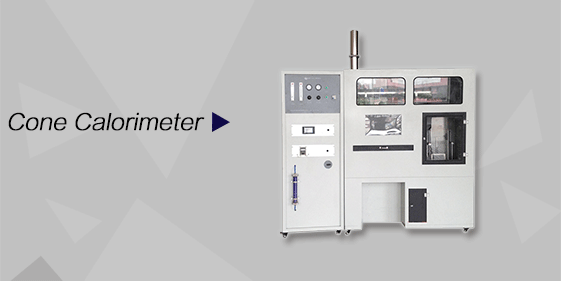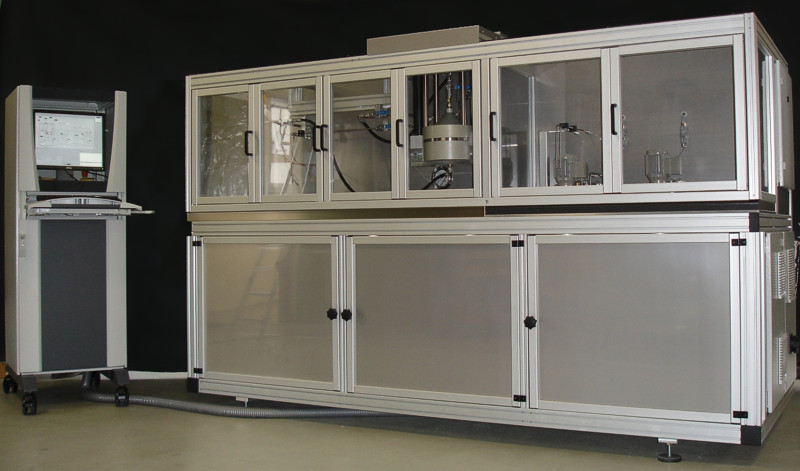Search keywords:
product name, product type, model number,
test method, manufacturer, technique, application
Filter Mesh Test Stand
BACKStandards:
ISO 11155 Road vehicles - Air filters for passenger compartments - Part 2: Test for gaseous filtration QC/T 795-1:2007 Road vehicles - Air filters for passenger compartments - Part 1: Dust filtration test.
Applications:
Filter mesh test stand is based on relevant standards and specification to test quality control factors: pipe leakage, dust generation, flow test, resistance test, the change of different filters, flow control.
Product Information:
Structure
· Power section
· Aerosol generator section
The aerosol generator can consecutive produce stable DEHS particles (particle size range 0.3-3μm) .
· Particle counter section
The sampling flow of the particle counter is 2.83L/min. The particle counter is specially suitable for particle size 0.3μm-10μm.
· Fixture and structure section
The pipeline is made of 305 stainless steel, anticorrosion and antirust, with consideration of convenient pipeline replacement ( when testing different size of filters).
· Flow monitoring section: Using V cone flowmeter for flow detection.
· Differential pressure monitoring section:
Using imported DWYER electronic differential pressure transducer for pressure measurement.
· Flow control section
Electric control valve to automatically regulate the flow
· Data processing:
Including PLC, software and electric control
Technical Parameters
| Item | Parameters | |
| Basic Parameter | Power supply | Three phase AC, 380V±5% 50Hz±2Hz ,5.5kw |
| Condensed air | 4-8kg/cm2 | |
| Dust source | DEHS | |
| Anti-electric shock Rate | Grade I | |
| Environment condition | Temperature | 15-25 ℃ |
| Relative humidity | ≤75%RH | |
| Air pressure | 68kPa-106kPa | |
| Flow | Test range | 150-600m³/h |
| Test accuracy | ±5% | |
| Test stability | ±3% | |
| Resistance | Test range | 0-250pa |
| Test accuracy | 0-100pa,±5pa;>100pa ,±5% | |
| Aerosol | Uniformity | ≤±15% |
| Particle counter calibration | Calibrated in according to JIF 1190-2008 (particle counter calibration specification ) | |
| Repeatability of counting efficiency | Efficiency lower than 40%, ≤±15%; Efficiency higher than 40%, ≤±5% |
|







